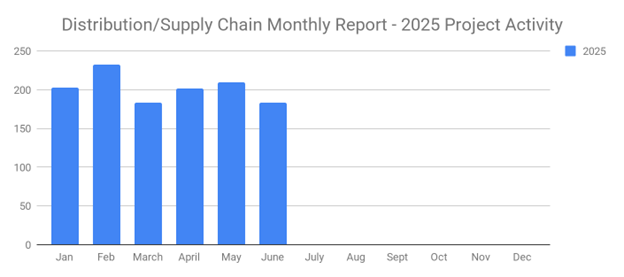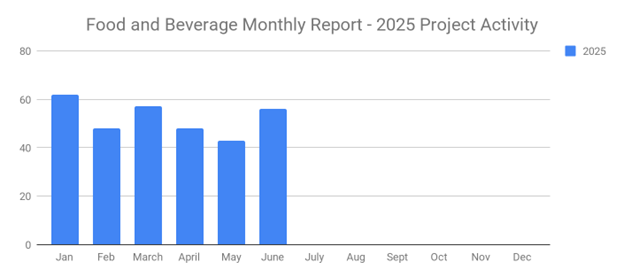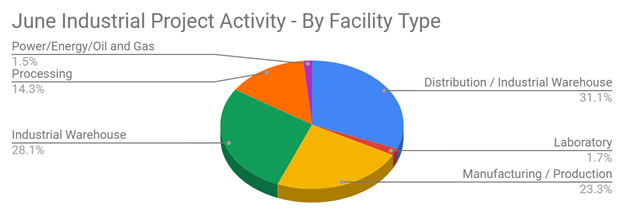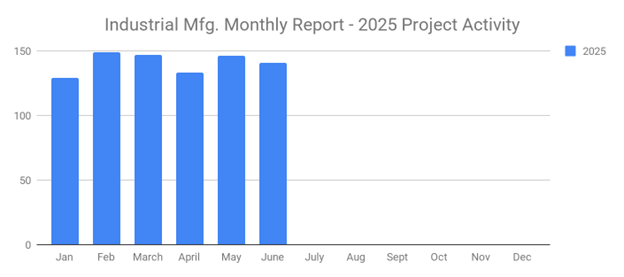
As a structured cabling sales rep, you'll probably spend a significant portion of your workday cold calling prospects. Even with the rise of inbound marketing, cold calling remains one of the most commonly used B2B sales channel -- and for good reason. It's simple, easy to perform and yields results. But not all cold calls will land you a meeting. According to HubSpot, only an average of one in 50 cold calls result in a meeting with the prospect. It's frustrating when a prospect declines to set up a meeting, but there are ways to turn more of your cold calls into meetings, including the following.
Offer Both Face-to-Face and Virtual Meetings
Because structured cabling buyers consist of business owners, facility managers and other professionals, they don't always have the time to conduct face-to-face meetings. If a sales lead or prospect is busy running the plant or business, the prospect may decline your offer for an initial meeting during the cold call. This is why it's a good idea to offer both face-to-face as well as virtual meetings when cold calling prospects. While virtual meetings don't create the same personal connection as face-to-face meetings, some facility buyers prefer them. Therefore, offering face-to-face as well as virtual meetings can help you turn more of your cold calls into meetings.
Cold Call Referrals
You'll have a better shot at landing a meeting with a sales lead or prospect whom an existing structured cabling buyer has been referred to your company. It's no secret that referrals play a critical role in the structured cabling industry. Statistics show that 71% of B2B companies with a referral program generate more conversions as a result of the program. If a buyer has mentioned to you or someone else within your structured cabling company that a facility manager that’s a friend of a friend may be interested in your structured cabling company's products or service, try calling the sales lead or referred contact. When talking to the referred contact, you can mention that you were referred to him or her, which may compel the sales lead to schedule a meeting.
Personalize Your Opening
To convert more cold calls into meetings, use a personalized opening. In other words, don't use a generic introduction when cold calling the sales lead or prospects with whom you've had no prior contact. Instead, customize your introduction with personal elements so that it resonates with the prospect. You can use LinkedIn to do some background research on prospects before cold calling them. Using the social media network, check to see how long the prospect has worked at his or her existing company. When you cold call the prospect, you can then say something along the lines of, "I see that you've worked at [COMPANY] for five years now." Of course, you can still personalize your openings by addressing the prospect by his or her name, but adding other personal information such as this will help you score more meetings.
Next, check the SalesLeads software system. The sales lead may already have already been identified and a bit of background information is in the system. Then you can customize the message by referencing the current or past project. This allows the facility manager to know that you have been keeping track of their account. The sales lead contact will pay more attention to your message and may even grant you that meeting.
Use Sales Triggers to Determine Cold Calling Schedule
Timing is critical when cold calling prospects. If you cold call a prospect at the wrong time, it's unlikely he or she will agree to a meeting. How do you know when to cold call a prospect exactly? Well, you can use sales triggers to map out your cold calling schedule. Sales triggers are indications that a prospect, or the company for which he or she works, is potentially ready to make a purchase. Common examples of sales triggers include the appointment of a new CEO, merger or acquisition, corporation expansion, or the launch of a new product or service. Set up Google Alerts or SalesLeads’ News Alerts. Google Alerts will give you all information that is used for that company name or even other companies with similar names. However, SalesLeads’ News Alerts allows you to tailor the alerts to the type of information you want to know. It’s a couple of clicks and now you’ll be on top of the sales leads’ news.
Don't Focus Strictly on C-Suite Prospects
Some structured cabling sales reps focus their cold calling efforts strictly on C-suite, such as CEOs and CFOs, because they typically have purchasing authority on behalf of their company. While true, it's important to note that other professionals within an organization may be able to make purchases. According to a report by Think With Google, 81% of non-senior prospects have at least some say in their respective company's purchasing decisions. As a result, cold calling them can help you land more meetings, which means more sales for your B2B company.
Send a Reminder Email
After a prospect has agreed to a meeting during a cold call, ask for his or her email address so that you can send a reminder. Not every prospect with whom you schedule a meeting will remember the meeting. Some will likely forget about it, especially if it's over a week after your cold call. If you know the prospect's email address, however, you can send him or her a reminder. Immediately after getting off the phone with the prospect, send him or her an email thanking the prospect for taking the time to talk to you while also mentioning the date and time of the scheduled meeting. And 48 hours before the meeting, send the prospect a second reminder email.
What to learn more? Get in Touch
Latest Posts
-

June's New Distribution and Supply Chain Planned Projects Return to March’s 183 Confirmed Figure
-

Food and Beverage Rebounds with 56 New Planned Projects Igniting Growth After Decline
-

June 2025’s New Industrial Construction Projects Grew 7% Month-Over-Month
-

Q2 Industrial Manufacturing Soars 31% for Planned Projects Over $100M; June Planned Industrial Projects Hit 141

